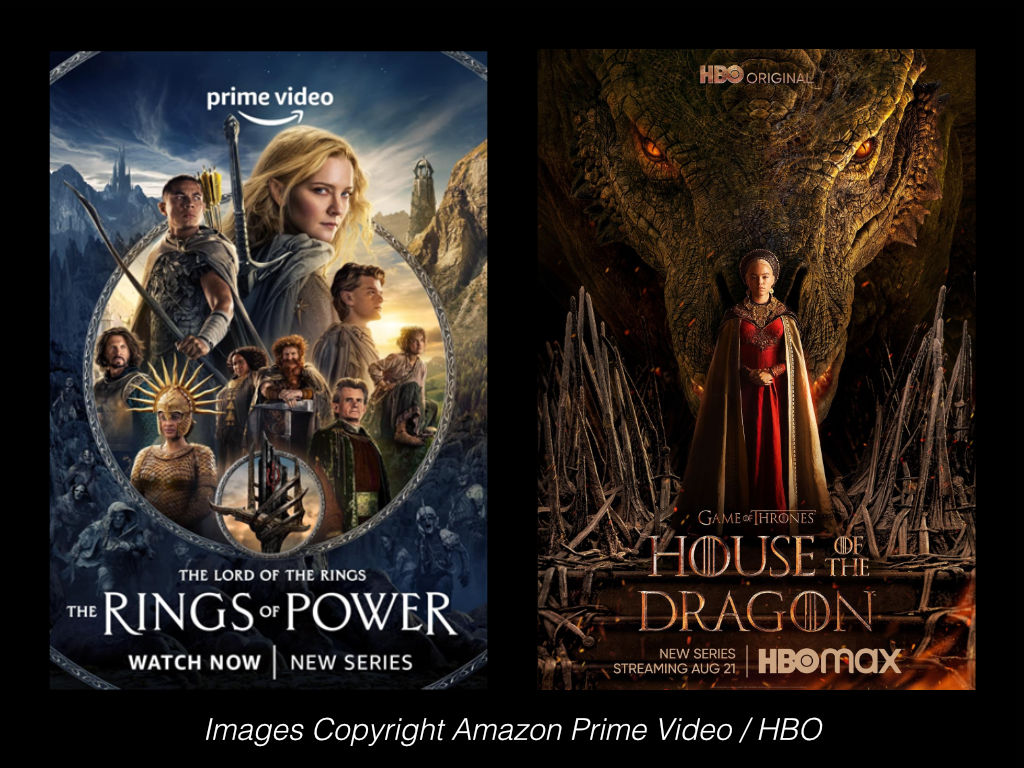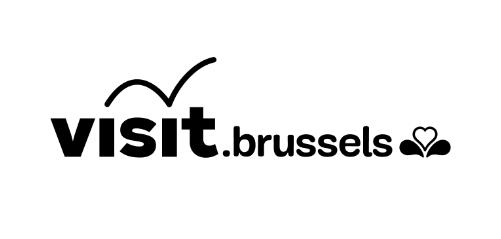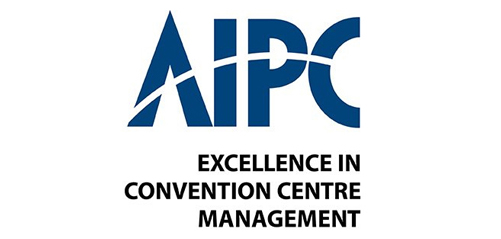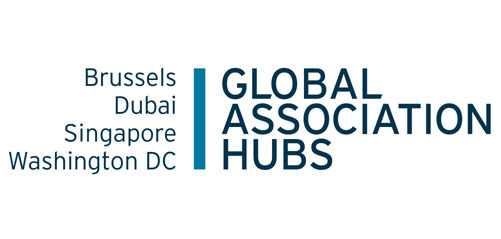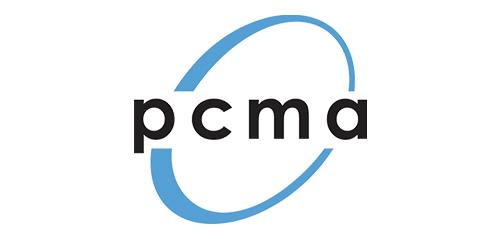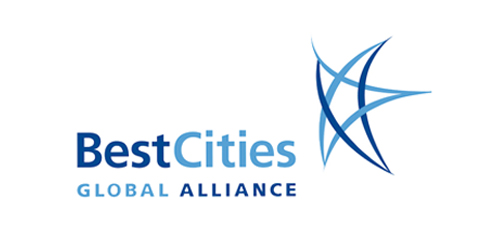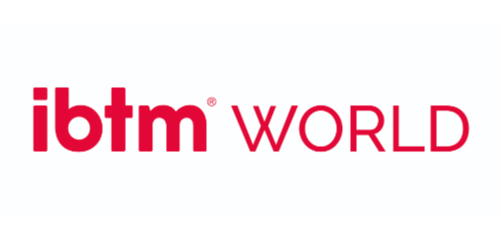By Colm Clarke, Partner, Consultancy at Exempla Management & Consulting:
Episode 1: Battling Business Models
Hopefully your leadership transitions are more civilised than in a Game of Thrones episode, and your stakeholder groups are easier to align around common objectives than Tolkien’s elves and dwarves – but don’t ignore the lessons for associations provided by last year’s release of prequels to these popular series.
First of all, we are witnessing a battle of business models with content strategy in the middle.
HBO (producer of Game of Thrones and its prequel House of the Dragon) has a core business producing content and selling it via subscriptions or broadcast licenses around the world.
Entering the competition for fantasy fans’ attention is Amazon, who have created Lord of the Rings prequel The Rings of Power as part of their Prime Video subscription.
The key difference here is that Amazon isn’t really in the business of selling content subscriptions – as the Economist explains, “Amazon Prime Video exists to keep people signed up to Prime, whose main benefit is free delivery of Amazon purchases.”
Content is therefore a means to keep consumers connected to the online retail services which generate the main revenue and profits.
We can quickly expand the review here to include Netflix, who have been adapting their business model to include a cheaper subscription option subsidised by advertising revenue and adding merchandising for popular shows.
And of course, Disney, who owns a huge and diverse portfolio of content whose stories and characters are rich merchandising sources, plus their famous amusement parks.
Despite these business model differences, success in attracting and keeping consumer attention comes down to producing the best content.
So why is this relevant for associations?
Ask yourself – when someone is watching a series from any of these platforms, are they thinking about the business model behind why and how the series was produced? (No!) Or, just whether they like what they watch? (Yes!)

Can you expect your association members, content subscribers or event attendees to think differently?
If consultancies in your sector put out great market research or insights, people will read it or watch it.
If you have an industry supplier that puts on a great networking event, people will go.
If a tradeshow offers a free conference, people will attend even if the standard may not be as high as your (relatively expensive) annual programme.
If that same tradeshow would create an online community based on their attendee lists, would it be much different than what your association membership offers?
Have you checked whether LinkedIn learning is moving into the content areas you cover?
The reality for associations today is that competition is everywhere.
Just as HBO can’t tell Amazon they’re “not allowed” to do content because they’re really a retail business, associations can’t expect other organisations to walk away from opportunities that leverage content, or to “respect the space” an association has spent decades developing.
A “not-for-profit” status may be an excuse as to why an association doesn’t invest as much or compete as aggressively as a for-profit targeting the same audience but it is not a defence.
And competition for attention can ultimately be just as damaging as direct competition for budget. If “free” resources are of a reasonable value, or, even if they just take away the time available to engage with your association resources, the outcome will be the same – less use and/or perceived value of “exclusive” association benefits.
So how can associations compete?

Episode 2: Lessons for Associations, Content Strategy and Events
In Episode One, we looked at battling business models, how important content driven engagement is for all kinds of businesses, and how this creates an increasingly competitive environment for associations.
Taking inspiration from the fantasy realms in Lord of the Rings and Game of Thrones, let’s now take a fresh look at the competitive advantages associations can gain by getting the most out of their content and communities.
The reality for associations is that their community can be a double-edged sword (do I get bonus likes for the topical pun?) when it comes to content.
The same community will host your expert content producers, biggest and most loyal fans – and – your harshest critics. They will be connected personally and virtually, with the ability to propel you to great success or costly failure only a few clicks and comments away.
Again we can draw parallels with popular series who having generated a “community” of fans or followers risk become victims of their own success. Just like associations, that community feels invested and develops a sense of ownership. Eventually, everyone will have an opinion on who should win or lose or whether the season finale was a flop.
The Double Edged Sword in Action
A positive example comes from the Peter Jackson directed Lord of the Rings trilogy. The book was published decades before the movies and was hugely popular thanks to the books long before it was famous onscreen.
One of those movies’ great accomplishments was not upsetting people who were fans of the book by not ruining their mental image of the worlds and characters from the books. I remember leaving the cinema (feeling old now…) and talking to friends afterwards – everyone satisfied and no grumbling about “no way did the orcs look like that” or “I can’t believe that’s Mordor”…
The other thing to remember is that people loved the Lord of the Rings movies even though they knew EXACTLY what was going to happen!
There was the odd onscreen scare but basically no surprises, no room for new twists and turns – in the end it didn’t matter because it was beautifully executed and offered a great experience.
In contrast, Game of Thrones largely came to fame once HBO adapted it for the TV screen. It was also notable for (repeatedly) killing off lots of popular characters with little or no warning. This made for great if gruesome TV and frequent “no way!” moments – the viewer was always kept guessing.
But even if shocks were a major driver of the show’s appeal, at the end of in the final season when Daenerys showed her dark side in a particularly brutal manner, much of the fan community freaked out, even going as far as demanding the entire season was rewritten and re-shot.
So, what are the lessons for associations in all of this?
We need to balance both needs to keep communities happy and engaged.
Consistency and reliability are good, they guarantee value (if not excitement) for professionals investing time and money. Associations who are able to gather their members year after year shouldn’t undervalue that – especially if they are successfully engaging the intended community.
On the other hand, shocks and surprises are fun – and critically – they are memorable.
Events, especially in person gatherings, provide associations an ideal arena to showcase their ability to deliver all of this.
If you’ve got the right elements of both consistency and surprise at your association events, you’ll be on the right track – however – it doesn’t happen by accident.
In the final episode we’ll look at how to position your characters and design sessions to drive attendee value and engagement.
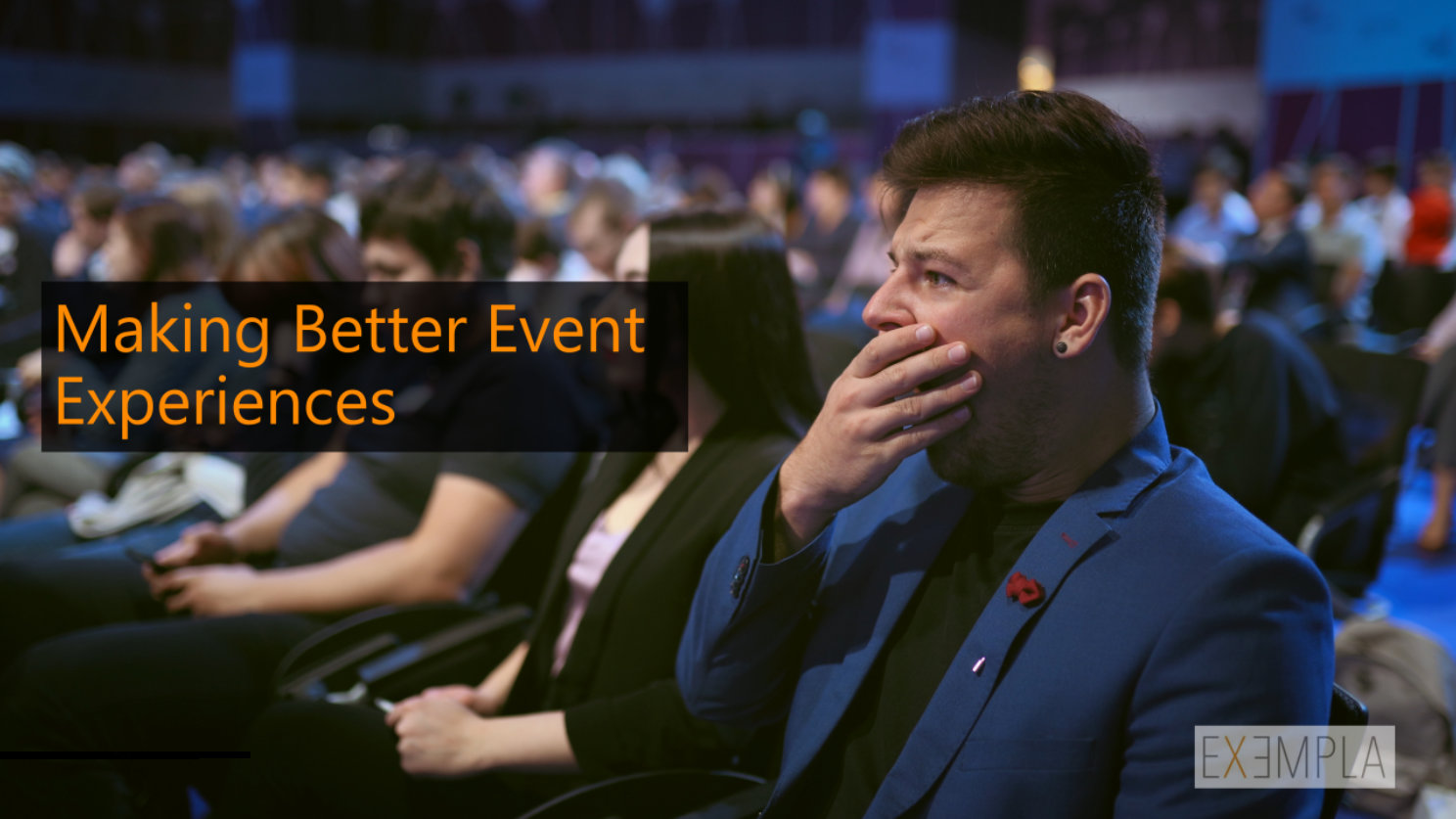
Episode 3: Characters Vs Speakers, Stories Vs Sessions
Associations may not have multi-million-dollar production budgets but clever use of their community and content assets can still generate hugely valuable education and experiences.
One thing all associations have is a cast of characters and we can achieve a lot by creating the right storylines with them and for them.
Think about their stories in the context of your mission, the changes or challenges going on the profession. Build on themes, connect event to event, keep people coming back for the next chapter or installment.
Keep things fresh by using new faces, new arguments, and new outlooks to surprise.
Take Arya Stark in Game of Thrones who was forced into exile as a child. Years later (after many adventures and much training), she came back and saved the human race. Or young Frodo and Sam in Lord of the Rings, entrusted with the key role in the fight against evil.
Those “young professionals” were central to the story – not a small side plot.
Most associations will have initiatives to promote emerging talent but ask yourself – do you really put your young professionals front and centre (do you dare)? Or are you giving them just enough exposure to stay engaged without upsetting the status quo?
Or how about casting your “established” personalities differently to show them in a new light? In the Lord of the Rings movies, Galadriel the elven queen was always presented as calm and serene, wise and powerful – so it was a shock to see her completely lose her cool when Frodo offered her the ring.
Do you have hugely successful leaders? Could they tell us a story about failure or doubt? An accomplished professional showing vulnerability can be very powerful, it shows relatability, it is motivating and drives others to better things – and isn’t that what association communities are all about?
Thinking about characters and stories gives us new ways to approach content development – especially for live events. There are all kinds of personalities who play important roles within a story – and not everyone needs to be the star on the billboard.
This gives more flexibility to get more people involved, to play their part without the burden of having to carry the stage or entertain an (often demanding) audience solo.
So how do you get started?
First of all, don’t panic and rush to redesign the entire programme – you can start by creating a few high impact sessions, here are some pointers:
- Choose specific topics or issues that naturally provoke debate – this means you can have a mix with more “traditional” sessions which still suit important technical, scientific or case study content
- Embrace controversy and forget about pointless consensus – adding characters shouldn’t mean making boring panel “discussions” where speakers take turns at complimenting one another (this makes for a pleasant dinner conversation to participate in but is not engaging to watch)
- Meaningful interactivity is not just getting people in the same room, they need guidance and well framed questions to make it professionally valuable
- Focus and Cut! Conversations with passionate experts will always be just a tiny sliver of what they could cover, have them focus on specific issues or experiences – otherwise discussions can generate hundreds of interesting thoughts but have no coherent learning outcome
- Think places and spaces – in person events need destinations and venues to be a differentiator – they are competing with hundreds of reasons NOT to travel
- Trust and support the innovators – connect subject matter experts with staff or service providers who can develop new formats together. This is more work than a one-way presentation, so don’t expect volunteer experts to do it on their own
Sounds tough, why should I bother?
Post-pandemic, in person events must prove they are worth the time and money (and CO²) to attend.
To do that they need to provide an experience, not just content.

The business case is clear – why else would a one-month subscription to thousands of hours of content on Disney+ be €8.99 when a one-day pass to Disneyland Paris can cost more than €100?
Entertaining, interactive sessions where people learn, connect and collaborate are a networking booster which further multiplies the value in attending.
The live experience, combining carefully curated content with the energy of a gathering full of experts, peers and next generation talent can’t be replicated by today’s virtual event tech, nor by self-publishing.
The experiential element also gives associations clear ways to differentiate their content portfolio from passive consumption to active learning and experience – and clear reasons to charge the premium for the experience.
It undoubtedly takes more work than the traditional format of “give the expert a microphone for 45 mins” which (semi) satisfied conference goers for decades, however, the opportunities for associations to energise their communities are obvious.
But they better do it before someone else does.
Further Learning:
Exempla & idloom: Transforming Association Events Through Engaging Education
In a 15-minute conversation between Exempla’s Colm Clarke and idloom’s CEO Sebastien Braun, they explored how associations can turn educational programs into engaging experience at their events.
This series of articles was first published on LinkedIn; it is reproduced here with kind permission of the author, Colm Clarke, Partner, Consultancy at Exempla Management & Consulting, pictured below.


